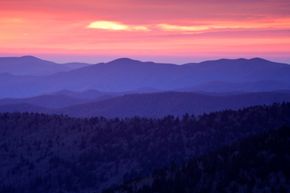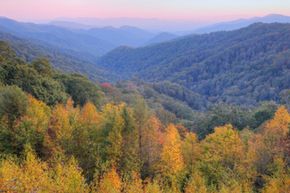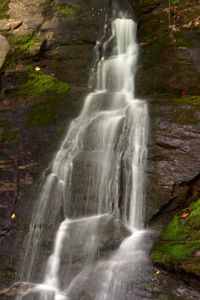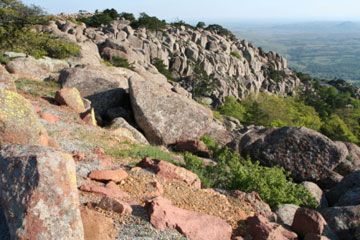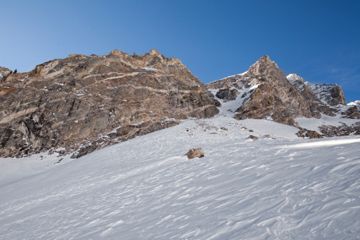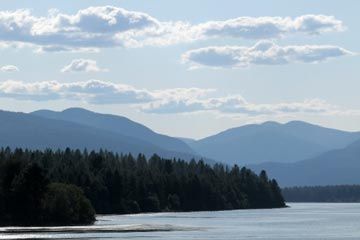When I was about five years old, my parents took my brother and me for a ride on the Sky Lift in Gatlinburg, Tenn. We paired up on the rickety benches of something I now realize was a modified ski lift. There were no seat belts or harnesses. Only a thin handrail and my Dad's arm wrapped around me kept me from slipping off the seat and free-falling into the Smoky Mountains.
For a five-year-old, the slow, jerking ascent 1,800 feet to the top of Crockett Mountain felt like the ultimate thrill-ride. After we disembarked at the summit, my brother and I fed quarters into binoculars for views of the gentle, hazy Smoky Mountains unfolding in every direction.
Advertisement
My parents were never very outdoorsy; nevertheless, with that one simple ride on a sky lift, they managed to instill a life-long love of the Appalachians in both my brother and myself.
Once I was old enough to explore on my own, I discovered a more hands-on (or should I say boots-on?) approach to the mountains: hiking. And, of all the places there are to hike in the world, the Smokies will always be one of my favorites. Whether you're interested in exploring local history, discovering waterfalls, scrambling up Chimney Tops for 360-degree views, enjoying a family picnic on the summit of some gentle slope or challenging yourself to rock climbing on one of the Smokies' many bluffs, there are always amazing adventures to be found in the ancient hills of the Smoky Mountains.
In this article we'll cover the most popular times to hike the Smokies, most interesting trail routes, hikes the whole family can enjoy and where to stay when you're visiting Great Smoky Mountain National Park. First up, however, let's get you prepared for your trek. Find out what you need to know before you hike the Smokies next!
Advertisement
